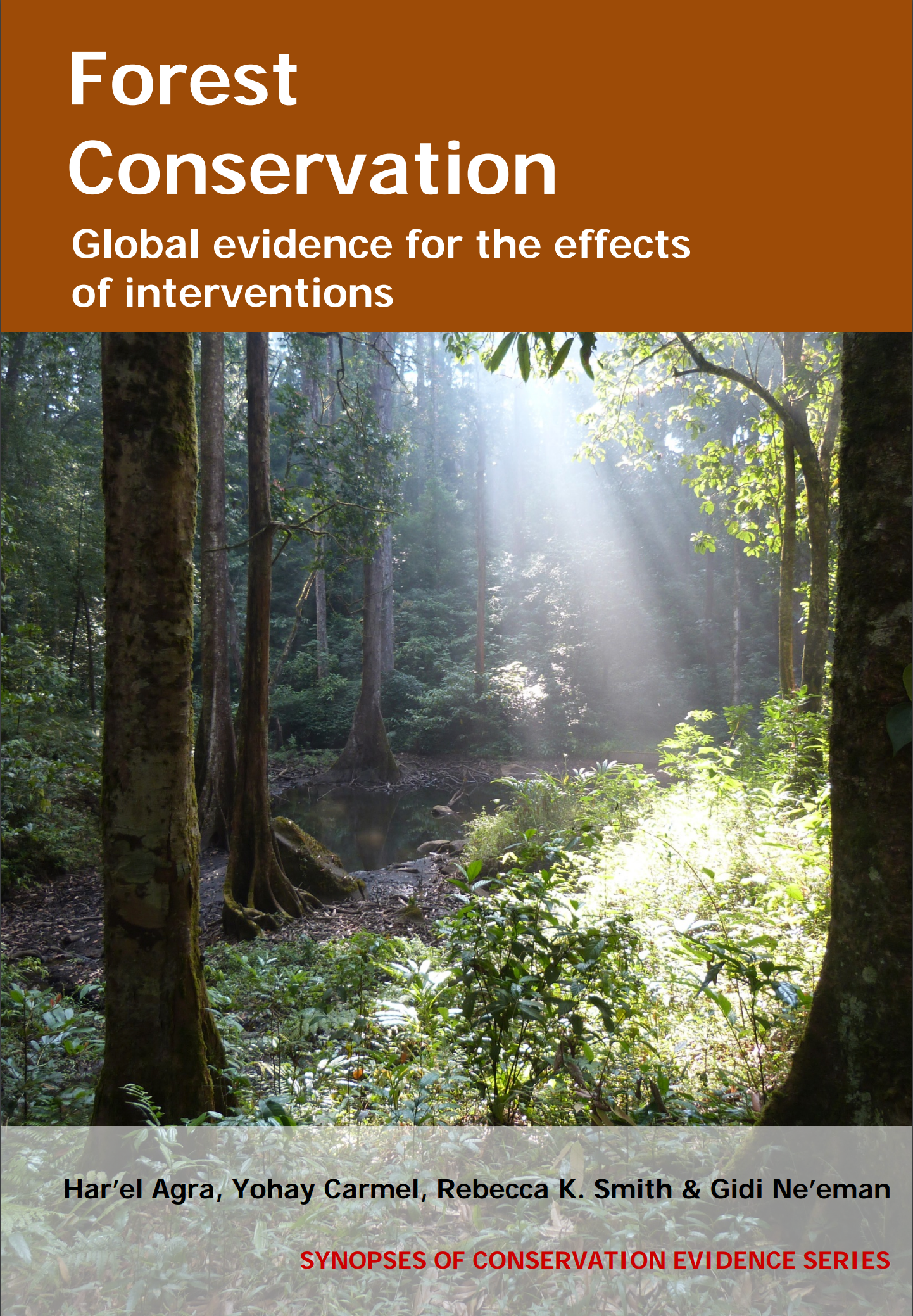Mechanically/manually remove invasive plants
-
Overall effectiveness category Unknown effectiveness (limited evidence)
-
Number of studies: 4
View assessment score
Hide assessment score
How is the evidence assessed?
-
Effectiveness
40% -
Certainty
33% -
Harms
15%
Study locations
Supporting evidence from individual studies
A replicated, controlled study in 1991-1994 in dry tropical forest in Hawaii, USA (D'Antonio et al. 2010) found that removal of invasive grass species increased the relative growth rate and biomass of two of four native shrubs. For hopbrush Dodonaea viscosa and Hawaiian hawthorn Osteomeles anthyllidifolia changes in basal circumference (removal: 13% and 13%; control: 7% and 5%, respectively) and biomass (removal: 33% and 40%; control: 12% and 13%, respectively) were higher in removal than control plots. For maiele Styphelia tameiameia and Metrosideros polymorpha changes in basal circumference (removal: 5% and 9%; control: 4% and 9%, respectively) and biomass (removal: 10% and 3%; control: 6% and 2%, respectively) were similar between treatments. Trees of the four dominant shrub species were monitored in three control (untreated) and four removal (all introduced grasses removed) plots (20 × 20 m) established in spring 1991. Data was collected in 1992 and 1994.
Study and other actions testedA replicated, controlled study in 1998 in dry semi-deciduous forest in Ghana (Honu & Dang 2000) found that clearance of invasive Siam weed Chromolaena odorata increased the seedling height and number of leaves for 23 out of 25 native tree species. For 25 out of 28 tree species height increases (removed: 2-14 cm; control 1-3 cm) and numbers of leaves/individual (removed: 1-8; control: 1-3) were higher in removal plots. In contrast, for the other three species, increases in height (2-4 cm) and numbers of leaves (1-2 leaves/individual) were similar between treatments. In May-June 1998, removal (Siam weed and all other non-tree plants removed) and control (no plant removal) treatments were applied to 54 circular plots each (1.3 m radius). A second weed removal was carried out in July 1998. Increases in height and numbers of leaves for tree seedlings ≤2 m tall were calculated from the difference between measurements taken in June (after the first removal) and September 1998.
Study and other actions testedA replicated, controlled study in 2001-2004 in temperate broadleaf forest in Ohio, USA (Swab, Zang & Mitsch 2008) found no effect of removal of the invasive shrub Amur honeysuckle Lonicera maackii after hydrologic restoration on understory plant species richness and diversity. Numbers of species (cleared: 4; control: 4/m2) and diversity (Shannon's index cleared: 0.8; control: 0.9) were similar between treatments. Data was collected in 2004 in 29 cleared (removal of Amur honeysuckle shrubs during 2001–2003 and herbicide treatment to the remaining stumps) and 31 control (uncleared) plots (1 m2). A hydrologic restoration project had been carried out at the site in 2000-2001.
Study and other actions testedA replicated, controlled study in 2004-2007 in lowland wet forest in Hawaii, USA (Ostertag et al. 2009) found that removal of all introduced species decreased leaf density but did not affect growth rate of native species. The forest leaf density (leaf area index) was lower in removal (2.5 m2 leaf/m2) than in control plots (6 m2 leaf/m2). For the three main native species, relative growth rate (Diospyros sandwicensis: 0.1%; Metrosideros polymorpha: 0.2%-0.3%; Psychotria hawaiiensis: 3.5%-3.9%) and absolute diameter at breast height growth (D. sandwicensis: 0.01-0.02; M. polymorpha: 0.07; P. hawaiiensis: 0.16-0.19 cm/yr) were similar. In April–June 2004, four pairs of control and removal (all introduced species removed) treatment plots (10 × 10 m) were replicated in three transects. The forest leaf area index was measured in February 2006. Growth of native trees was evaluated in 2007.
Study and other actions tested
Where has this evidence come from?
List of journals searched by synopsis
All the journals searched for all synopses
This Action forms part of the Action Synopsis:
Forest Conservation
Forest Conservation - Published 2016
Forest synopsis





)_2023.JPG)














